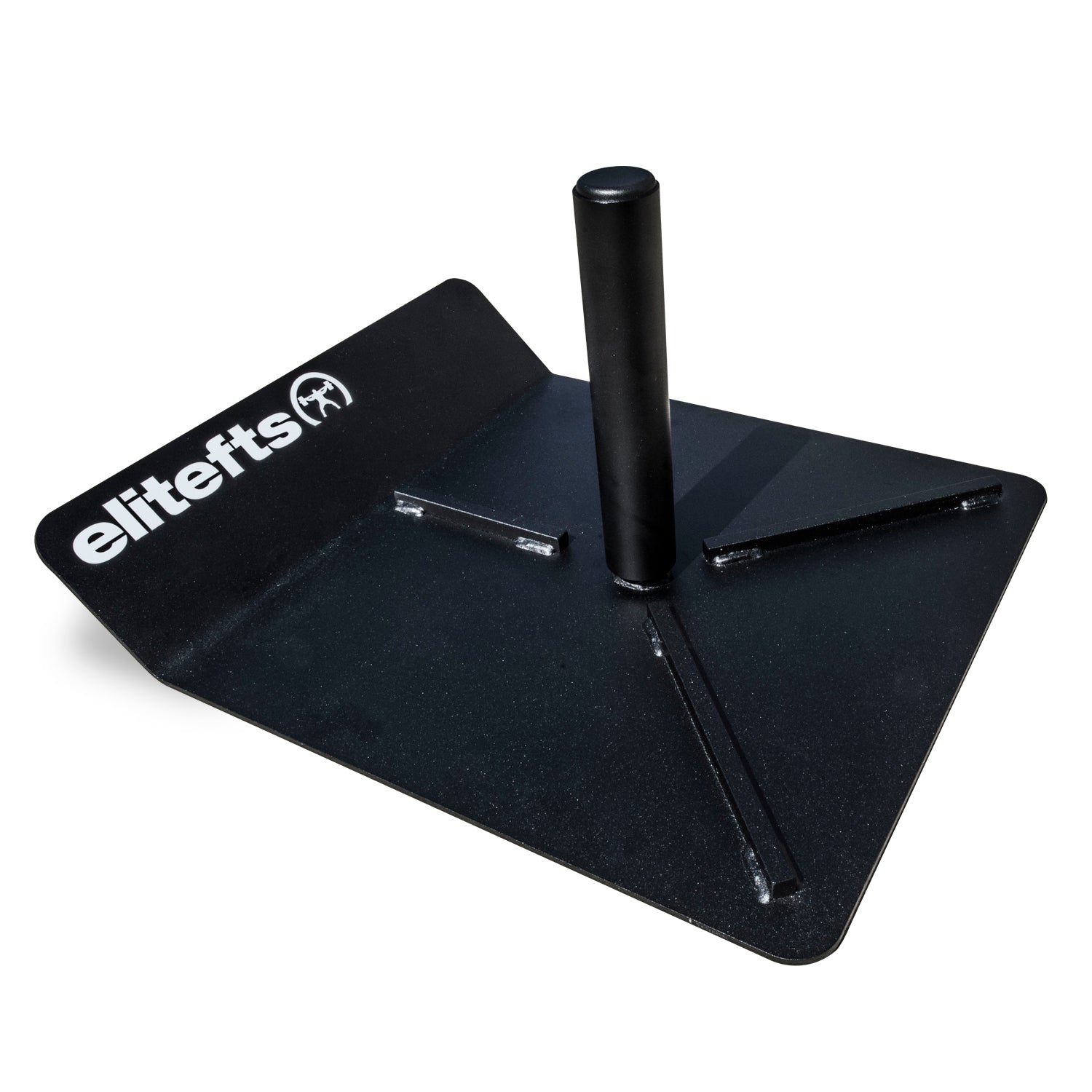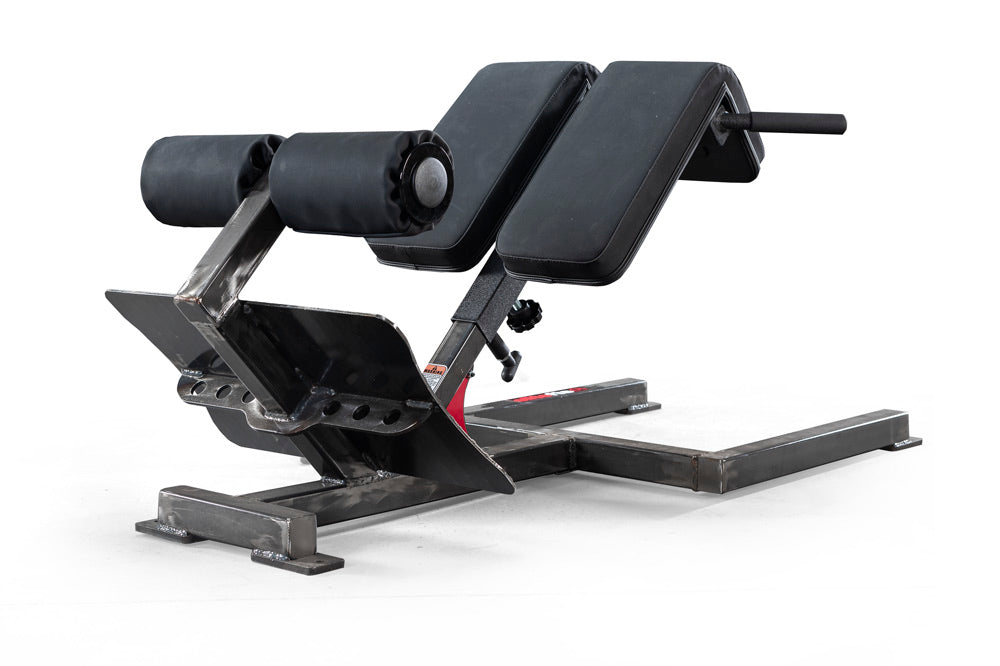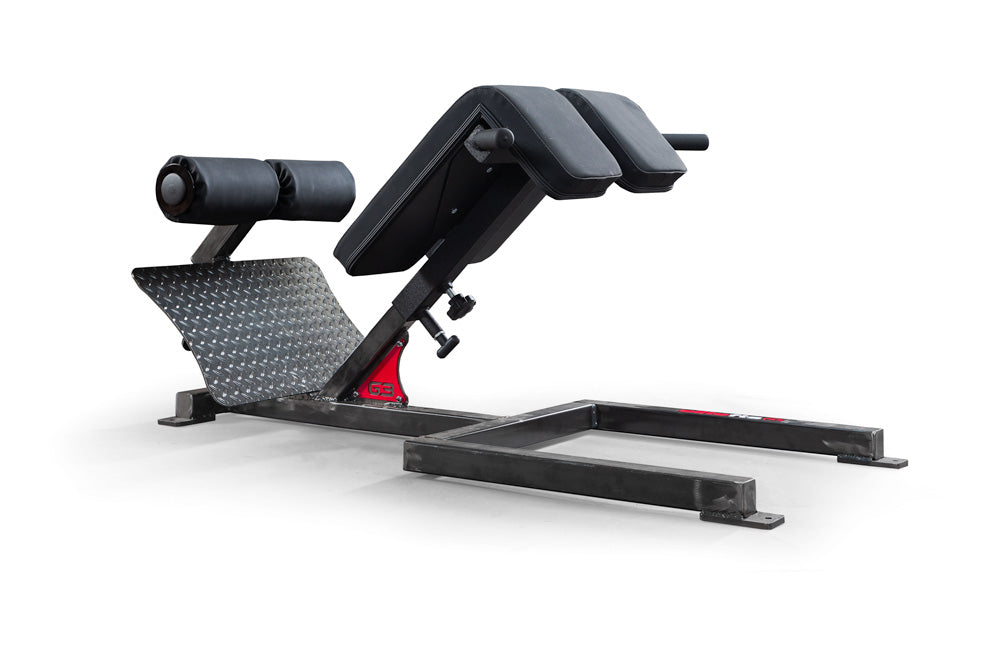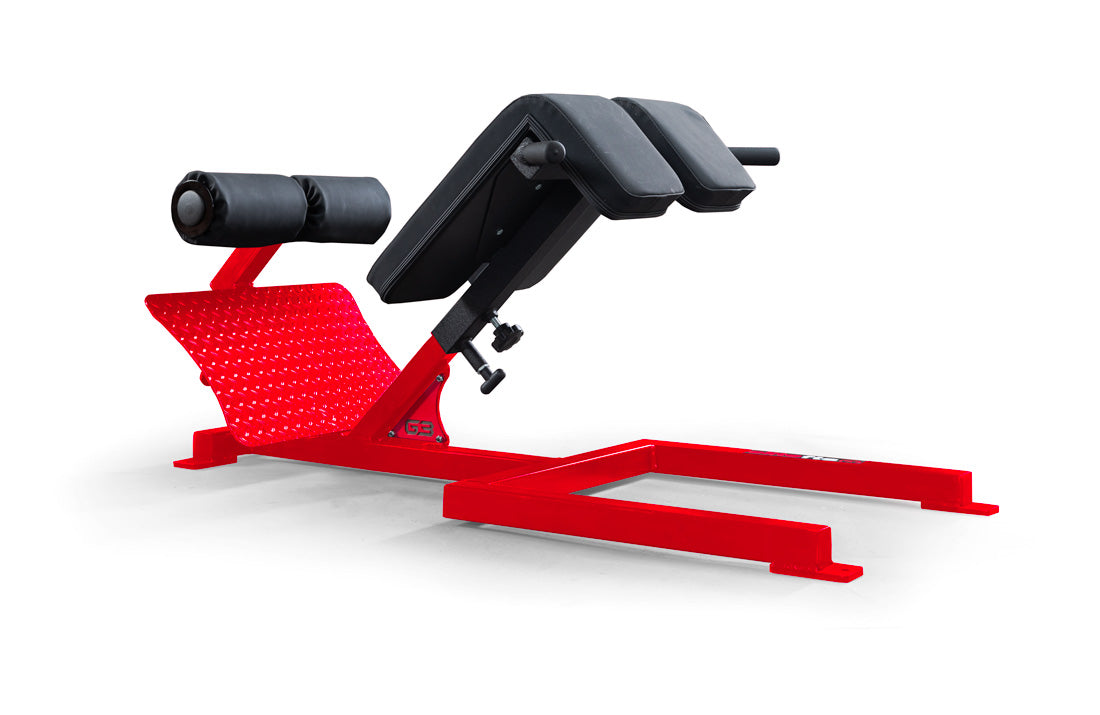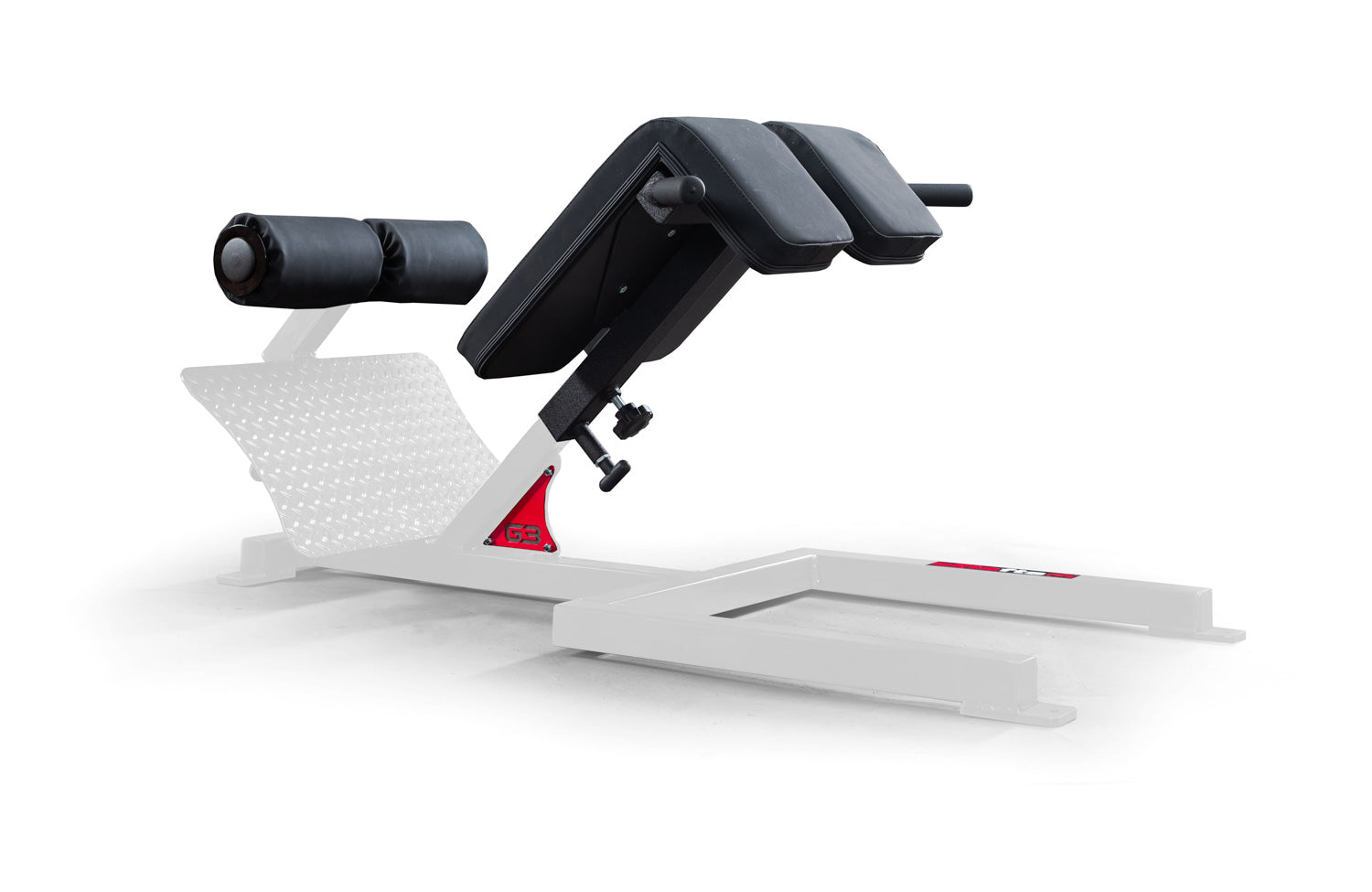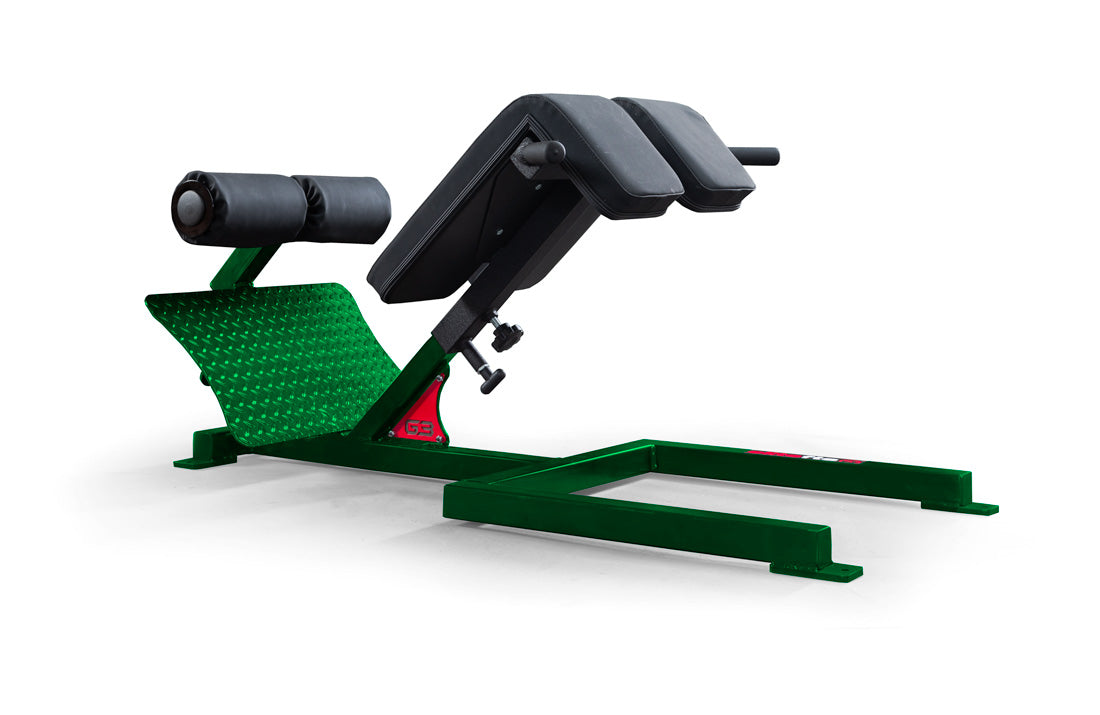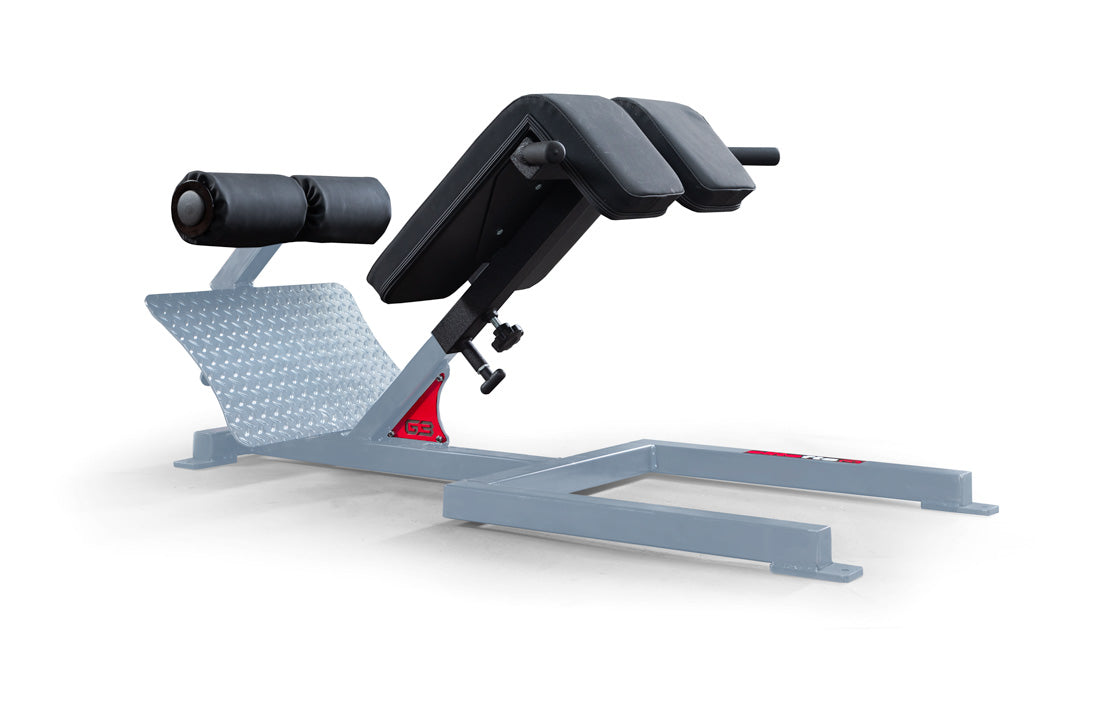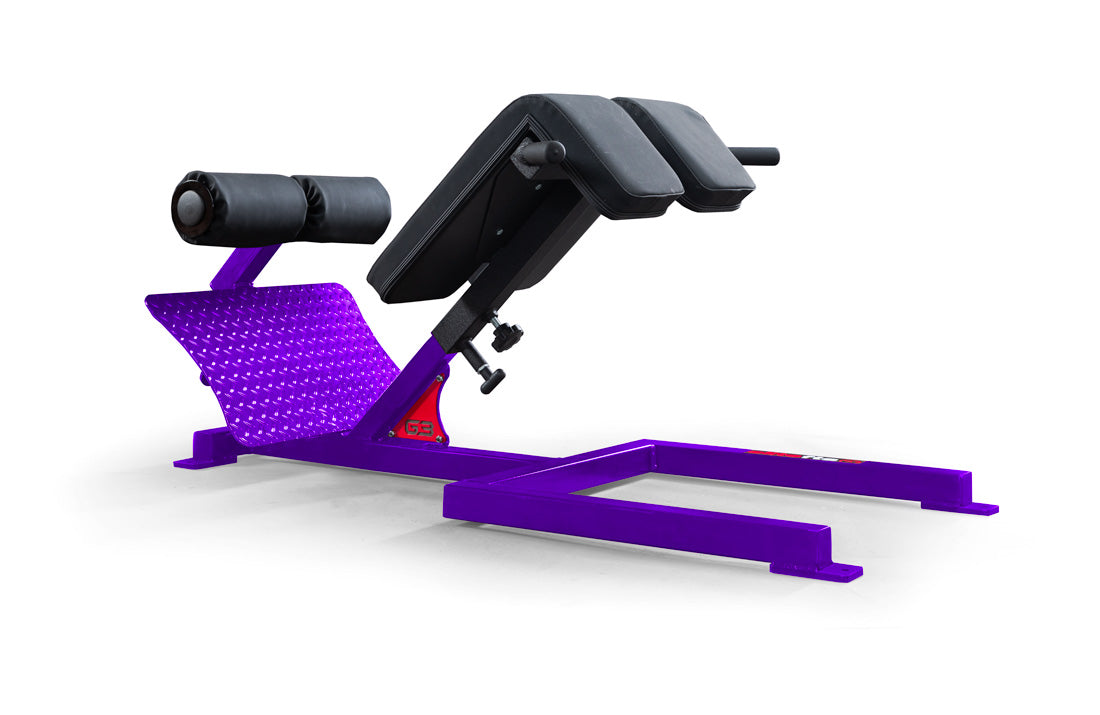From Plyometric to Reactive Training and Incorporating the Entire Kinetic Chain
Plyometric is a term better suited for the 1980s when bigger, faster, and stronger made a debut at the high school and collegiate level. A decade or two earlier, western coaches were attempting to crack into the secrets of Eastern Bloc training methodology. The Eastern Bloc nations, specifically Russia, owned international weightlifting (the USSR competed in nine summer Olympics and has double the gold and silver medals than the next nation on that list) and destroyed everything in their path. Anabolics aside, their domination could be attributed to two things—the method of Russian conjugation (another article) and the incorporation of jumps or jump training with their regular programming.With plyometrics, the first thought that comes to mind is probably jumping. Jumping is to plyometric what Ford may be to the truck, not the only player in the game but certainly the owner of top of mind awareness. The term plyometric literally describes the change in muscle length that occurs from the deceleration and reacceleration phases of jumping. With applications of performance training ever advancing, plyometric is better replaced by the term reactive training. Reactive training is the ability to produce and absorb force. When applying the reactive portion of training, athletes need to think maximum effort concentric action following an eccentric action or phase.
An easy differentiation between concentric and eccentric
Here are the boring book definitions:- Concentric action—the muscle shortens under tension
- Eccentric action—the muscle lengthens under tension
- Concentric phase—produce force; accelerate(ion), gas pedal, positive, rising, up
- Eccentric phase—reduce force; decelerate(ion), brakes, negative, lowering, down
A major factor in reactive training and highly violent movements is the importance of the activation of the central nervous system. Reactive training and the implementation of a reactive movement at the end of a strength movement forces the body to activate the nervous system and recruit a large amount of motor neurons to perform certain exercises. The nervous system determines the activation sequence for the movement(s), what motor units fire, in what order they fire, and how intense they fire. This is why the human body can gently pick up a tiny pencil without throwing it across the room and then go deadlift 600 lbs. It’s all about neural activity and muscle recruitment.
Reactive training can be incorporated into any exercise, movement, or lift and into any program to make any athlete more explosive. Athletes could literally perform a full jump at the top (lockout) portion of a squat or deadlift, but it is only recommended with the proper working load. The bar at the top (lockout) of a bench press can be “thrown” (more like popped) and caught. These examples may be a little extreme, but athletes do not get enough exposure to reactive training (this is a big reason why athletes are slow and have zero ability to explode) and extreme paints a solid picture and makes a crucial point.
Reactive Training
Reactive training can also be incorporated after a strength movement. The philosophy of transfer training—transferring the strength gains from core lifts to sport-specific skill sets or powerful and explosive movements—needs to be on every athlete's list. This transfer of strength and speed to skill sets allows for an athlete to apply weight room strength to sports. For example, after a core movement (squat, deadlift, push press, and bench press variations and progressions), take a small rest period and do a reactive movement (throwing, jumping, sprinting, swings, slams, and variations and progressions) or a sport-specific skill.The little exposure to reactive training athletes do get is typically lower body and in the form of box jumps (and probably not max effort jumps at that). Reactive training can be applied to training the upper body and can be incorporated into the anterior (front of the body) or posterior (back of the body) chain.
To make the anterior chain of the upper body more explosive, reactive training can be implemented in the form of explosive push-ups, tire battles, or any other ballistic, explosive movement at the end of a press. This will build a more explosive chest and shoulders.
To make the posterior chain of the upper body more explosive, reactive training can be implemented in the form of explosive pull-ups or any other ballistic, explosive movement at the end of a row. This will build a more explosive back and powerful grip.
Reactive training can also use both chains (anterior and posterior) in the form of battle ropes and
medicine ball throws. This will also incorporate movement through the body’s three planes with rotation and energy transfer.
Reactive training can be used by the entire kinetic chain, but it also has to be progressed. This is supported by the force-velocity curve (of which the author claims no expert knowledge but rather an above average sense of application). Increased external resistance in the form of dumbbells, chains, or weighted vests can and should be used be used when athletes perform any form of reactive training—jumping, bounding, or even sprinting—to produce as much force as possible. This is supported at the midpoint of the curve where the power is the greatest because force (external weight) and velocity (movement of the weight) are about equal. At the top left of the curve, the force is too heavy and the velocity is too low (think a heavy deadlift). At the bottom right of the curve, the velocity is high, but the power output is low (a body weight jump or sprint).
Examples of using external resistance with reactive training
- Explosive pull-ups with a
chain around the neck - Wearing a
weighted vest while doing explosive push-ups - Broad jumps holding
dumbbells














